
SONATE-2, a nanosatellite developed by JMU, is scheduled for launch in March 2024 to test novel AI technologies and other advanced systems in space. Managed from JMU’s Mission Control Centre, it aims to enhance autonomous space exploration capabilities, with significant student involvement in its development and operation.
SONATE-2, a nanosatellite developed by JMU Würzburg, is slated for a March 2024 launch to test AI technologies in space.
After more than two years of development, the nanosatellite SONATE-2 is about to be launched. The lift-off into orbit by a rocket is expected in March 2024. The satellite was designed and built by a team led by aerospace engineer Professor Hakan Kayal from Julius-Maximilians-Universität (JMU) Würzburg in Bavaria, Germany.
JMU has been developing small satellite missions for around 20 years. SONATE-2 now marks another high point.
The satellite will test novel artificial intelligence (AI) hardware and software technologies in near-Earth space. The goal is to use it to automatically detect anomalies on planets or asteroids in the future. The Federal Ministry of Economic Affairs is funding the project with 2.6 million euros.
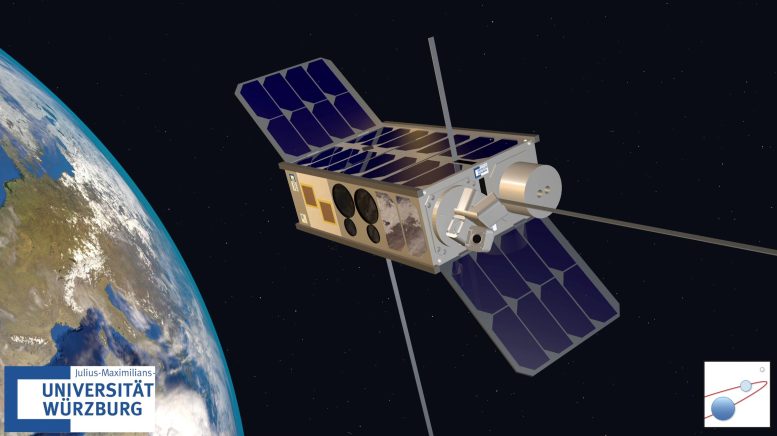
A model of the SONATE-2 nanosatellite, here artistically depicted in orbit. Credit: Hakan Kayal / University of Würzburg
Training the AI on Board the Satellite
Comparable projects are few and far between, says Hakan Kayal: “What is unique about our mission is that the AI is trained on board. Normally, this training is done on Earth with powerful computers. But this strategy does not fit the plans the JMU professor has in mind.
Kayal gives an example: “Let’s assume that a small satellite is to investigate a new asteroid in the solar system in the future. It cannot be trained for this task on the ground, because the object of investigation is largely unknown. There is no training data, so the measurements and recordings have to be made on the ground.”
Sending this data to Earth first and then training the AI by remote control would take a long time for missions far from Earth. A higher level of autonomy supported by AI directly on board would be more powerful. It would lead to interesting objects and phenomena on the asteroid being detected much more quickly.
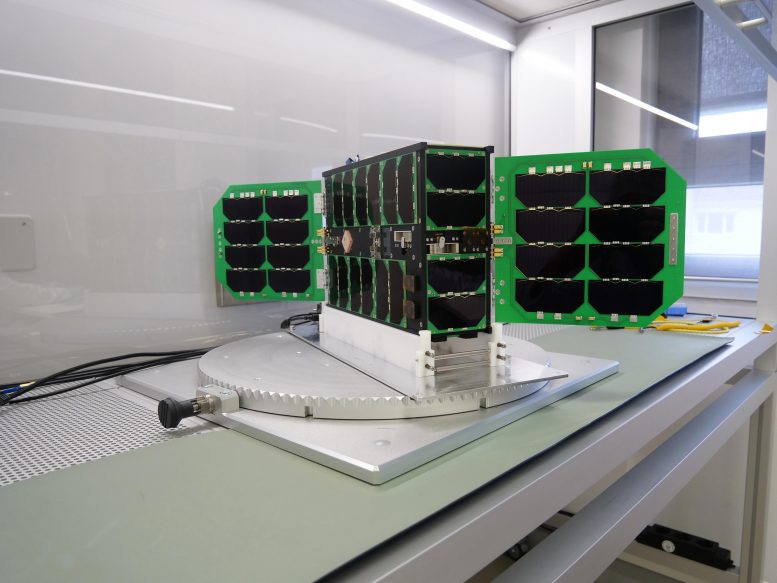
The Würzburg SONATE-2 satellite is about the size of a shoebox. Its solar panels are folded out here. Credit: Robert Emmerich / University of Würzburg
SONATE-2 Tests Many Other Technologies
Kayal’s team wants to test whether such scenarios can be realized in principle on SONATE-2 using newly developed procedures and methods, initially in Earth orbit. Four cameras on board provide the images needed for the training: The AI first learns about conventional geometric patterns on the Earth’s surface among other things. This knowledge then helps it to find anomalies on its own.
On board SONATE-2 are other small satellite technologies that are to be tested in orbit. Among them are a system for the automatic detection and recording of lightning as well as an electric propulsion system, which was developed in cooperation with the University of Stuttgart. “In terms of complexity, SONATE-2 is unparalleled among nanosatellites,” says Kayal.
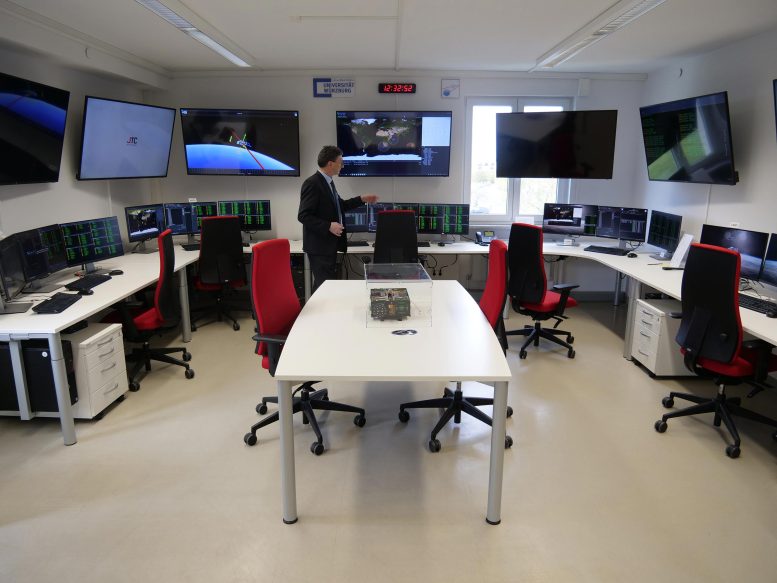
A lot of technology for communicating with the satellite: the Mission Control Centre on the Hubland Campus of the University of Würzburg. Credit: Robert Emmerich / University of Würzburg
Mission Control Center on the University Campus
If the project continues to go according to plan, SONATE-2 will launch into orbit on a SpaceX rocket from the west coast of the USA in March 2024. In recent weeks, the satellite has proven that it can withstand the extreme conditions of a space mission during various endurance tests. In a launch simulation, for example, all screws, soldered joints, and glued connections withstood the enormous mechanical stresses of a rocket launch.
SONATE-2 is a so-called 6U+ cubesat model. It is about the size of a shoebox and has a mass of around 12 kilograms.
After the launch, communication with the satellite will take place from Würzburg. As with the previous SONATE model, this satellite will be operated by the Mission Control Centre on the Hubland campus. The team is aiming for an operating time of one year. “However, we hope that the satellite will work longer,” says Kayal.
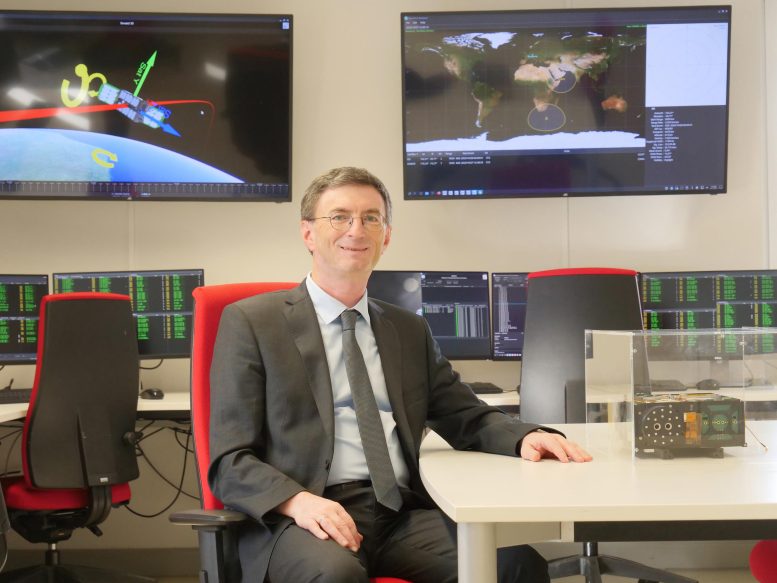
Hakan Kayal, Professor of Astronautics, in the Satellite Mission Control Centre at the University of Würzburg. Credit: Robert Emmerich / University of Würzburg
Satellite Project Offers Working Field for Students
A team of six people worked on the development of the satellite and the ground systems; the project leader is Dr. Oleksii Balagurin. In addition, many students were involved, for example as research assistants or as part of their final theses. Students can also continue to work on the satellite mission: During the operational phase, the control center is constantly implementing and testing new software on SONATE-2.



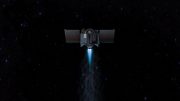
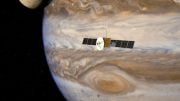




Be the first to comment on "SONATE-2’s Space Odyssey: Testing AI’s Limits in Space"